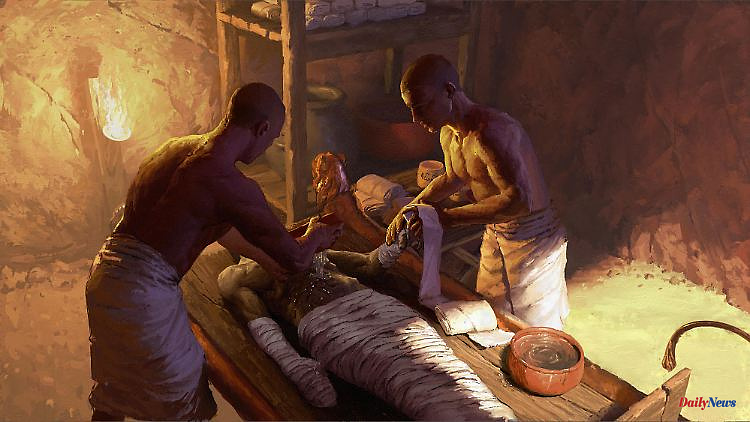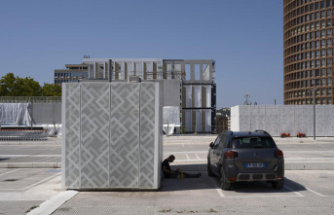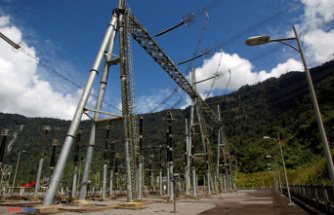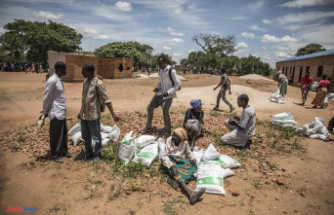The mummification of the dead played a major role in the ancient Egyptians. A research team from Germany is now unraveling exactly how the corpses were embalmed. It turns out that many of the ingredients used do not come from the land of the pharaohs.
For the first time, researchers have demonstrated exactly how and with what substances the ancient Egyptians embalmed their mummies. The German-Egyptian team was able to show which substances are behind known names and which substances were used for which part of the body. "These findings make it possible to re-read known texts on ancient Egyptian embalming," said Philipp Stockhammer from the Ludwig Maximilian University in Munich (LMU). In addition, a large part of the funds were imported from distant regions - proof of early global networking.
The results, which the team from LMU and the University of Tübingen achieved in cooperation with the National Research Center in Cairo, were published in the journal "Nature". The researchers had examined pots from a large embalming workshop. In Egyptian Saqqara, not far from the famous Pyramid of Unas, numerous well-preserved ceramic vessels were found in the workshop from the 7th and 6th centuries BC - many of them even labeled with information about the contents and instructions for use.
With the help of chemical residue analyses, the experts were able to extract and identify the molecular residues of those substances that had previously been in the vessel. Often a surprise for the researchers: "For a long time, the substance referred to by the ancient Egyptians as 'antiu' has been translated as myrrh or frankincense. But we have now been able to show that it is a specific mixture of very different ingredients that we can use with the help of the gas chromatography-mass spectrometry," reported project manager Maxime Rageot from the University of Tübingen.
In Saqqara, "antiu" was a mixture of cedar oil, juniper or cypress oil and animal fats. And behind "sefet" is not a single substance, as previously assumed, but a mixture of animal fat with different vegetable oils or resins. Pistachio resin and castor oil were used in the workshop exclusively for the head, other substances were used "on the third day" or "for the liver", and others were "for beautiful skin".
"Many of these embalming substances have been known by name since the ancient Egyptian script was deciphered," reported the head of the excavation, Susanne Beck from the University of Tübingen. "But so far we could only guess what substance was behind a name."
"It was particularly surprising for us that most of the substances used during embalming did not come from Egypt itself, but were imported from the Mediterranean region and even from tropical Africa and Southeast Asia," Stockhammer said.
This dimension was previously unknown. It shows what drive mummification was for early global trade - after all, the dead were embalmed on a large scale from the upper middle class onwards. However, the process and the substances used in the more than 4000-year tradition of embalming were certainly not the same everywhere and at all times as in Saqqara, emphasized Stockhammer. Instead, the technology developed over time before slowly coming to an end in the 1st millennium AD.
In Saqqara, the workshop was obviously designed for large turnover: next to a ground-level unit, the actual embalming chamber, discovered only in 2016 by the Egyptologist Ramadan Hussein, was 13 meters deep - the embalmers used the natural cooling. Right next door was a pit where the dead were then buried. The researchers suspect that there were several "grades" of mummification - at different prices for the bereaved.












